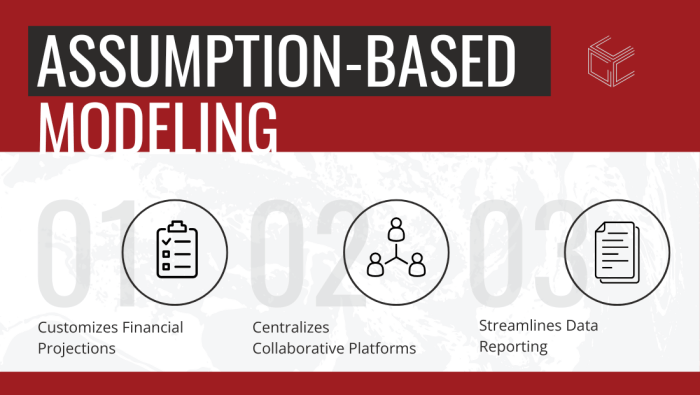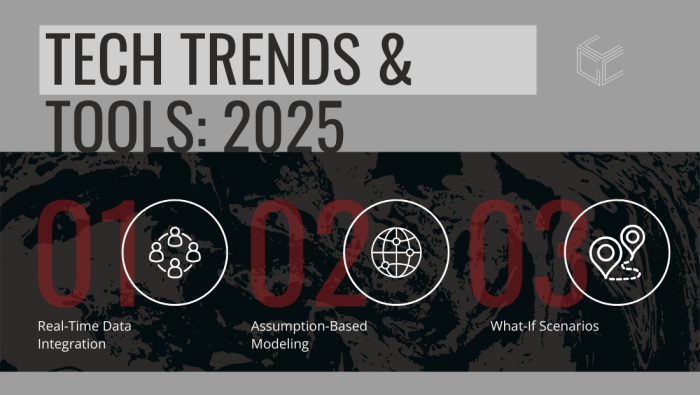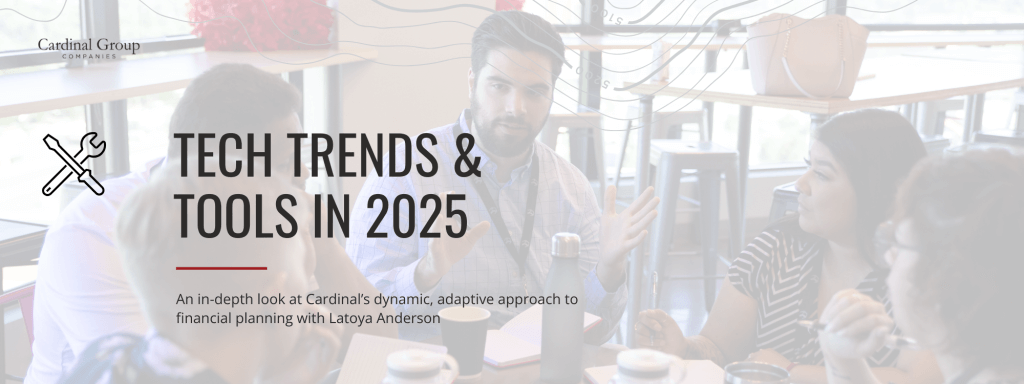Adaptive Planning in Action: Tools Driving Smarter Decisions in 2025
Author: Latoya Anderson – Director, Financial Systems & Innovations
In today’s fast-paced business environment, the traditional annual budgeting cycle is a relic of the past. Companies can no longer afford to spend months painstakingly crafting a static financial plan, only to have it become irrelevant in the face of market shifts, vendor disruptions, or unexpected events. Property management companies like Cardinal rely on new technologies to replace slow, manual processes with a dynamic, adaptive approach to financial planning.
So, what powers this transformation? It’s a shift from reactive to proactive, from a single, static budget to a continuous financial model. Here’s a look at the key techniques and tools that make this possible.
True Collaboration & Accountability
At the heart of every Adaptive insight system is Assumption-Based Modeling. This technique elevates budgeting from a simple number-crunching exercise to a strategic practice by making all financial projections transparent and easy to manipulate. Instead of burying key assumptions like centralized services, leasing and marketing expenses, or tech stacks in a complex web of formulas, this approach isolates them in a single, well-documented location.

Because the platform serves as a single source of truth, every stakeholder, from a property manager updating the property expenses to a VP reviewing the portfolio’s budget data, is working on the same live data. The system allows multiple users to contribute simultaneously, with full audit trails and role-based permissions, ensuring that accountability is clear and manual data consolidation is obsolete. Team members can log in anytime, anywhere, to view the most current actuals against their budgeted plan and immediately adjust their forecasts based on real-world events.
For clients who require it, we can easily add detailed line-item breakdowns, splits, and custom reporting mechanisms. This ensures you get the strategic, forward-looking plan you need, without sacrificing the granular detail your internal teams expect.
What-If Scenarios
By building models around these drivers, teams can run powerful “what-if” scenarios in minutes, not days. They can instantly see the impact of a 10% increase in payroll or the financial effect of a general ledger line. This capability allows for proactive risk management and strategic planning, empowering leaders to simulate multiple futures and choose the most effective path forward.
The Journey of Workday Adaptive Insights
Our journey began by identifying the friction points in our old, spreadsheet-based processes. The monthly close and quarterly forecasting were slow, manual, and prone to error. Data from different departments often didn’t align, leading to wasted time on reconciliation instead of analysis. This is where real-time data integration became our first breakthrough. By connecting our core systems, we achieved a single source of truth. This freed our finance team from the mundane task of data collection and validation, allowing them to focus on high-value activities like strategic analysis and business partnering.
Key Technology Trends & Tools

- Real-Time Data Integration: This is the foundation of modern budgeting. Tools like Workday Adaptive Planning connect directly to a company’s core data sources (ERPs, CRMs, etc.) to create a single source of truth. This eliminates manual data entry and reconciliation, freeing the finance team to focus on strategic analysis.
- Assumption-Based Modeling: This technique makes financial projections transparent by isolating key assumptions—such as payroll increases or marketing costs—in a single, central location. This allows for quick, company-wide adjustments when a variable changes.
- What-If Scenarios: By building models around core assumptions and business drivers, teams can instantly simulate the financial impact of different decisions or market changes. This capability allows for proactive risk management and strategic planning.
- Positive Outcomes for Teams: The use of these tools fosters enhanced collaboration and trust by ensuring everyone works from the same accurate data. It also reduces manual work, empowers team members with better decision-making capabilities, and shifts their focus from repetitive tasks to high-value strategic work.
These technological advancements aren’t just about streamlining processes; they represent a fundamental shift in mindset. By embracing a continuous, adaptive, and data-driven approach, Cardinal is well-positioned to not only navigate the complexities of the modern property management landscape but to lead it. The company’s ongoing investment in technologies like Workday Adaptive Planning, paired with a commitment to strategic acquisitions and an AI Center of Excellence, demonstrates a clear vision for the future.


